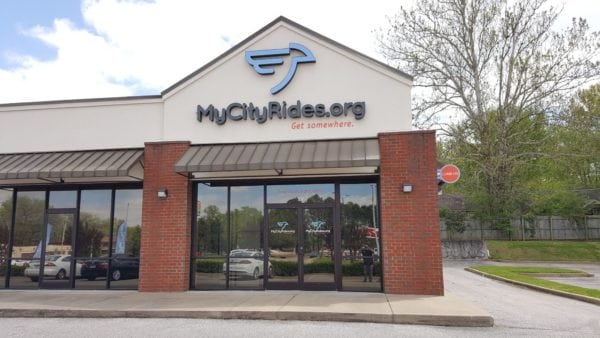Employee development and training program
BY SCOTT HOCHMUTH
 Dealership employee development and training programs are designed to instill specific knowledge and skills to improve job satisfaction, retention, performance, productivity and efficiency. Over the past few decades, dealerships have morphed from mostly small, family-owned and -run businesses to larger, multi-franchised, corporate dealerships that encounter an employee base that extends beyond family members and is ever-changing through high turnover rates. In an effort to retain excellent employees and nurture growth and success, companies have invested in and implemented employee development and training programs as a key part of a robust business model.
Dealership employee development and training programs are designed to instill specific knowledge and skills to improve job satisfaction, retention, performance, productivity and efficiency. Over the past few decades, dealerships have morphed from mostly small, family-owned and -run businesses to larger, multi-franchised, corporate dealerships that encounter an employee base that extends beyond family members and is ever-changing through high turnover rates. In an effort to retain excellent employees and nurture growth and success, companies have invested in and implemented employee development and training programs as a key part of a robust business model.
Where to Begin
Before designing and implementing an employee development and training program, an assessment of needs has to be conducted. Which skills are desired? What information is essential knowledge to be learned? Owners, managers and staff should contribute to identifying a dealership’s needs and requisite skills. Objectives must also be clear. Define goals into measurable components. That is, how will employee satisfaction, performance, productivity and efficiency improve after this participating in the program? How will the program increase retention rates? Before choosing any program, consider various options that optimize achievement of goals that are commensurate with dealership needs. Is development and training something that can be conducted in-house or have to be out-sourced? What style of learning is best for your employees: classroom, workshop, group, self-paced, online, on the job? Lastly, before committing to any program long-term, conduct a pilot session to measure the results. Does the program meet the intended objectives? That is, did the employees learn the information and skill goals? Did satisfaction, performance, productivity, and efficiency improve?
Picking a Platform
LMS or Learning Management System is a development and training platform used by large corporations that train thousands of employees in hundreds of locations through helping owners design a program, record training videos, and construct tests to measure effectiveness. How does this platform work? The concept is pretty simple. After assessing your needs, objectives, and measures, create recordings of the training. How? While implementing the designed training with an employee, video record the session using a separate microphone if needed. Next, upload the video to the LMS platform adding supporting text or documentation. Then, construct a test to measure results of training and test the employee. Some LMS platforms will handle grading the tests and maintain the scores. Additional sections can be added as supplementary information becomes available for the employee to learn. This platform will not replace on-the-job training, but can give new hires a core knowledge base and foundation for a new skill set to lessen the time needed from the manager or seasoned employees.
Cost
The cost of LMS platforms vary greatly. Corporations are able to invest healthy budgets into training since the charge per employee makes standardized, online training programs cost effective. Corporate investment has helped deflate costs of many LMS platforms, but there are front-loaded expenses setting up the program, recording training videos and constructing tests. However, once the program is established, cost per employee drops significantly. Some platforms are free, but will involve customizing and take considerably more up-front time to design. The more sophisticated platforms are easy, convenient, and user friendly, but come at a price. LMS platforms can be implemented at flat rate by month or year, or by a charge per employee or course. The larger the dealership, the more locations, the higher the turnover, the more time and money will be saved over time. The total cost will depend on how many hours of training are provided, and of course, the hourly cost of pay for new hires while in training. Deciding which platform will fit the needs of a dealership will depend on how many employees are to be trained and how long a particular training module is expected to be relevant. Some aspects of employee training are timeless while other facets require constant updating.
In closing, dealerships should develop a training program to prepare new employees for work as quickly as possible at the lowest cost. Developing an in-house training program will ensure a core knowledge base and consistency with each new hire. Testing may help weed out a new hire, who does not provide a goodness of fit with the company, before investing too much time or expense. Thus, allowing the department manager to greatly reduce the amount of time needed to get a new hire productive. Adopting a learning and growth culture at dealerships to encourage employees to embrace personal and professional improvement will help ensure satisfaction, retention, performance, productivity and efficiency.
Scott Hochmuth is the owner of Real Performance Marketing, an Atlanta-based company representing seven different powersports related product lines in the Alabama, Florida, Georgia, Mississippi and Tennessee areas. He comes face-to-face with over 200 dealers every 8 weeks. He has been in sales since 1982 and started in the powersports industry in 1989 as a sales representative for a helmet manufacturer.

